Introduction
The Fair Use Doctrine is a crucial aspect of copyright law that allows limited use of copyrighted material without the permission of the rights holders under certain conditions. This concept is essential for balancing the interests of copyright holders with the public interest in the dissemination of knowledge and information. This comprehensive article explores the Fair Use Doctrine, its legal framework, how it works, and guidelines for using it without infringing on others' copyrights.

What is the Fair Use Doctrine?
The Fair Use Doctrine is a legal principle that permits the use of copyrighted material without obtaining permission from the copyright owner under specific circumstances. It is designed to encourage freedom of expression by allowing for commentary, criticism, news reporting, research, teaching, and scholarship.
Legal Framework of Fair Use
The Fair Use Doctrine is codified in Section 107 of the United States Copyright Act of 1976. This section outlines the purposes for which the reproduction of a particular work may be considered fair, such as:
- Criticism
- Comment
- News reporting
- Teaching (including multiple copies for classroom use)
- Scholarship
- Research
The doctrine is flexible, and courts determine fair use on a case-by-case basis by considering four factors.
The Four Factors of Fair Use
1. Purpose and Character of the Use:
- Transformative Use: If the new work adds new expression, meaning, or message to the original, it is more likely to be considered fair use.
- Commercial vs. Non-Commercial: Non-commercial uses are more likely to be considered fair use, but commercial uses can also qualify if they are sufficiently transformative.
2. Nature of the Copyrighted Work:
- Factual vs. Fictional: Use of factual works is more likely to be considered fair use compared to highly creative works.
- Published vs. Unpublished: Use of published works is more likely to be considered fair use.
3. Amount and Substantiality of the Portion Used:
- Quantity: Using smaller portions of a work is more likely to be fair use.
- Qualitative Importance: Even a small portion may be infringing if it constitutes the "heart" of the work.
4. Effect on the Market for the Original Work:
- Market Harm: If the new use can replace the original work and harm its market potential, it is less likely to be considered fair use.
- Potential Market: The potential impact on the market for derivative works is also considered.
What is Copyright Fair Use | The 4 Fair Use Factors to Avoid Copyright Infringement Explained
Examples of Fair Use
1. Criticism and Comment:
- Using excerpts of a book for a book review.
- Quoting a few lines from a song in a music critique.
2. News Reporting:
- Using a photograph to report a news event.
- Quoting short passages from a speech in a news article.
3. Teaching and Scholarship:
- Copying a chapter of a book for a classroom discussion.
- Using a portion of a movie for a lecture on film studies.
4. Parody and Satire:
- Creating a parody that mimics a copyrighted work for comedic effect.
How to Use the Fair Use Doctrine Legally
To use the Fair Use Doctrine without infringing on others' copyrights, consider the following guidelines:
1. Evaluate the Purpose:
- Ensure that your use is transformative, adding new expression or meaning.
- Prefer non-commercial use if possible, though transformative commercial uses can also qualify.
2. Consider the Nature of the Work:
- Use factual works more freely than highly creative works.
- Be cautious with unpublished works.
3. Limit the Amount Used:
- Use only the amount necessary for your purpose.
- Avoid using the "heart" of the work unless essential for criticism or comment.
4. Assess the Market Impact:
- Ensure your use does not harm the market for the original work.
- Consider the impact on potential markets for derivative works.
5. Provide Attribution:
- Always attribute the original work to its creator.
- While attribution does not make a use fair, it demonstrates good faith.
6. Seek Legal Advice:
- If in doubt, consult with a copyright attorney to assess whether your use qualifies as fair use.
What 'fair use' is and how copyright is choking the internet (PODCAST E70)
Recent Developments and Case Law
1. Google LLC v. Oracle America, Inc. (2021):
- The U.S. Supreme Court ruled that Google's use of Oracle's Java API code in the Android operating system was fair use. This decision emphasized the transformative nature of the use and its purpose in creating new, innovative software.
2. Authors Guild v. Google, Inc. (2015):
- The Second Circuit Court of Appeals held that Google’s digitization of books for its Google Books project constituted fair use. The court highlighted the transformative nature of the project and its benefits to society.
3. Campbell v. Acuff-Rose Music, Inc. (1994):
- The Supreme Court ruled that 2 Live Crew's parody of Roy Orbison's song "Oh, Pretty Woman" was fair use, emphasizing the transformative nature of parody.
See also:
Fair Use Doctrine and Copyright Law: Navigating Legal Use in YouTube Videos
A Comprehensive Guide to Indian Copyright Law ©️

Conclusion
The Fair Use Doctrine is an essential aspect of copyright law, allowing for the use of copyrighted material under specific conditions. By understanding and applying the four factors of fair use—purpose and character, nature of the work, amount and substantiality, and effect on the market—you can legally use copyrighted material without infringing on the rights of the original creators. Always consider the context of your use, limit the amount of material used, and seek legal advice when necessary to navigate the complexities of fair use effectively.
Disclaimer: This is for information only and does not constitute professional advice. Please consult with a qualified professional for any issues.
-
 1
1



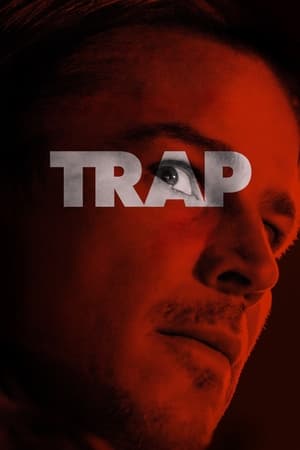
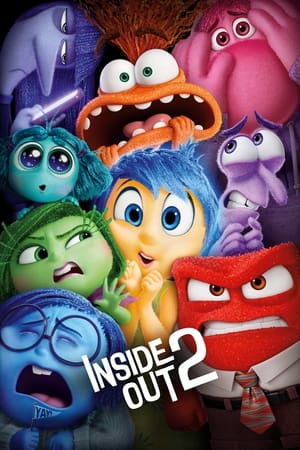
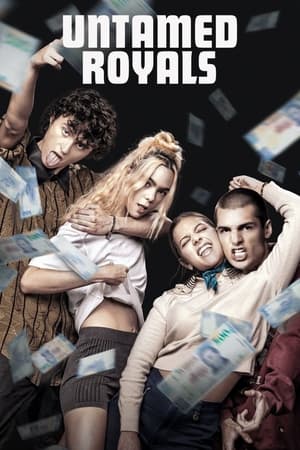
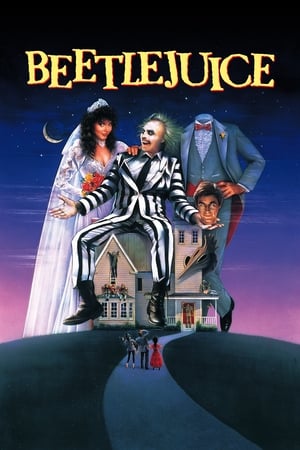



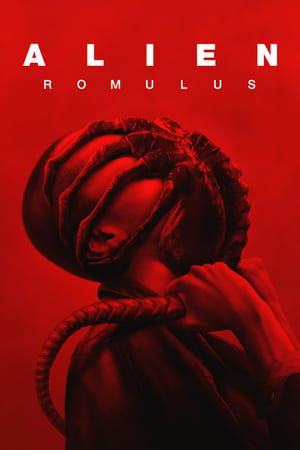









Recommended Comments
There are no comments to display.
Join the conversation
You can post now and register later. If you have an account, sign in now to post with your account.
Note: Your post will require moderator approval before it will be visible.